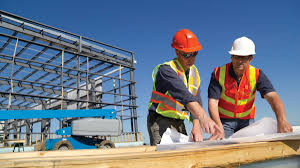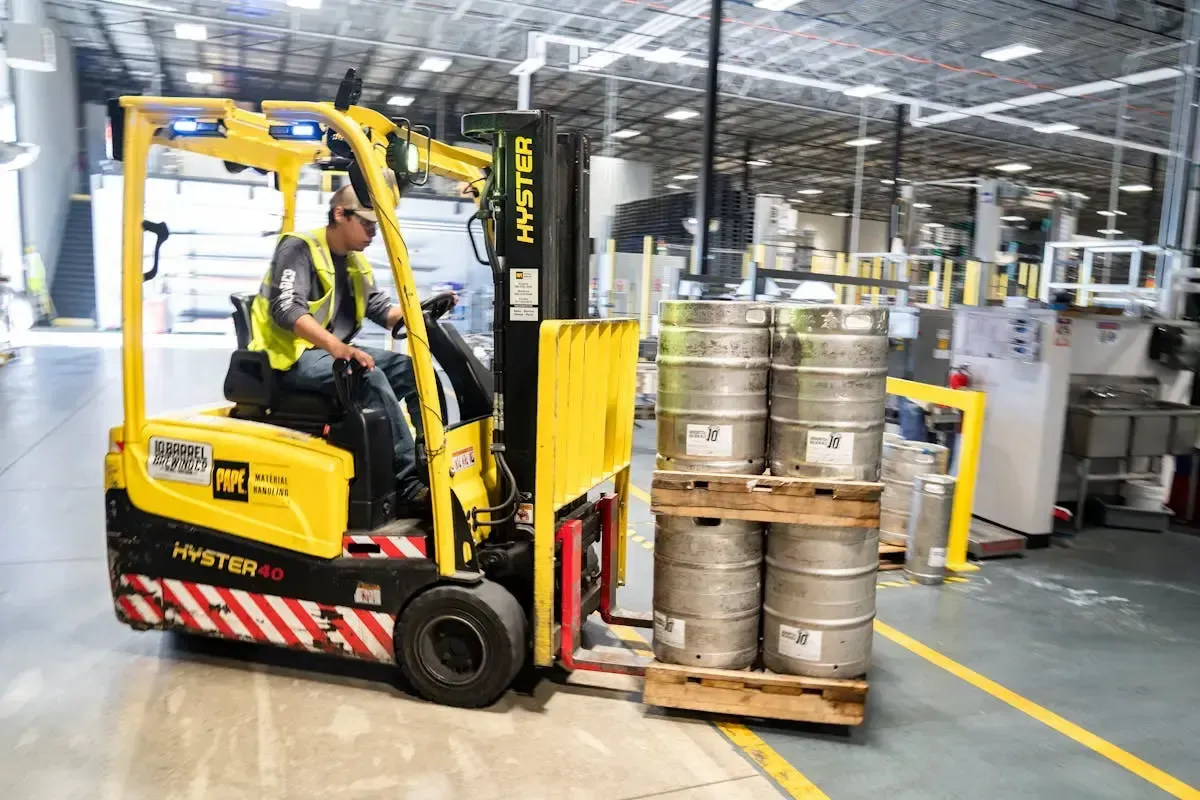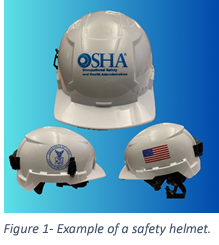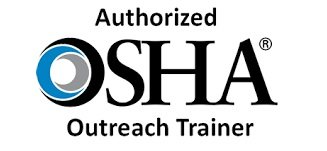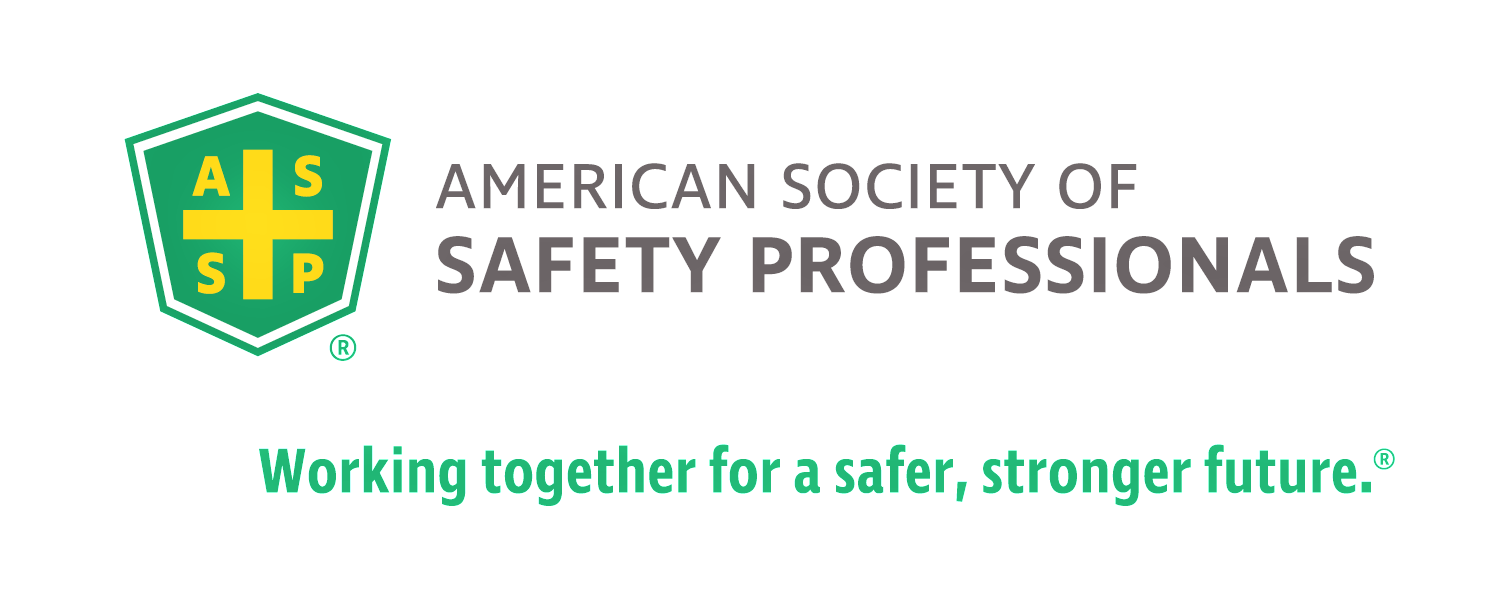5 Key Components of an Effective Safety Strategy in the Workplace
Introduction to Workplace Safety Strategy
A good safety strategy at work is not just about following rules. It's about creating a culture where everyone is alert, aware, and invested in keeping the workplace safe. Think of it as building a fortress, but instead of bricks and mortar, we're using training, communication, and a shared commitment to prevent accidents. The goal? To nip potential hazards in the bud before they bloom into actual problems. This isn't about ticking boxes to meet legal requirements. It’s about actively shaping an environment where safety is as natural as breathing. To get there, it's essential to understand the key components that make a safety strategy effective. From setting clear safety goals and ensuring everyone is on the same page, to continuously improving our tactics as we learn from near-misses and actual incidents. This journey towards a safer workplace is a team effort. Every employee, from the ground up to the top brass, plays a crucial role in fortifying our safety fortress.
Identifying and Assessing Workplace Hazards
First, you gotta know what's potentially dangerous in your workplace. It's all about spotting things that could harm, whether it's a slippery floor or a machine missing a safety guard. You can't fix what you don't know is broken, right? Then, it's time for assessing these hazards; think about how likely it is for someone to get hurt and how bad it could be. This part helps in figuring out which dangers to tackle first. It's kind of like knowing which fire to put out when everything seems urgent. Remember, regular checks are key because new risks can pop up anytime. Keep it simple and stay safe.
Safety Protocols and Policies: The Foundation of an Effective Strategy
Safety protocols and policies act like the backbone of any workplace safety strategy. Think of them as the rulebook that keeps everyone in line, making sure they're working safe and smart. It's pretty simple: no guessed games here, just clear, straightforward rules everyone follows. These protocols cover everything from how to properly handle machinery to what to do in case of an emergency. Imagine it as a playbook where every move matters. Having a clear set of guidelines ensures that all team members are on the same page, which not only helps in preventing accidents but also ensures a rapid response when things don't go as planned. It's all about making sure everyone knows what's what, so there's no confusion or mistakes just because someone wasn't sure of the right steps to take. Remember, a good safety protocol isn't just a list of do's and don'ts; it’s a living document that grows and changes as the workplace evolves.
Training and Education: Empowering Employees
Training and education sit at the core of any robust safety strategy. Look, here's the deal - you want your team to not just do their jobs, but to do them safely. To make this happen, every employee, from the new hires to those who have been around the block, need to understand the ins and outs of safety. This isn't about dumping a bunch of rules on them and hoping for the best. It's about empowering them with knowledge and skills so they can spot hazards, know how to avoid them, and understand why these protocols matter. Start with beginner safety courses and escalate to more advanced training as needed. Keep it fresh, too. Regular updates and refresher sessions help keep everyone sharp and aware. Remember, a well-educated team is your first line of defense against workplace accidents. Nothing fancy, just straight-up empowering your team to work smarter and safer.
Incident Reporting and Response: A Critical Component
When an accident happens at work, knowing what to do can make a big difference. Incident reporting is not just about filling out a form; it's a crucial step in making sure similar incidents don't happen again. Firstly, it's important that everyone knows how to report an incident. It shouldn't be complicated. A simple process encourages everyone to report, even the small stuff. Why? Because every report is a chance to improve safety and prevent future accidents.
Quick response to incidents is equally important. Once an incident is reported, acting fast can help reduce injuries and even save lives. But it's more than a quick fix. Proper response involves analyzing what went wrong and why. Was it a slippery floor? A piece of machinery not working right? Understanding the cause helps in fixing not just the symptom but the root of the problem.
Remember, a good safety strategy means everyone is prepared. From knowing how to report an incident to responding quickly and effectively, these steps are vital. They're not just about meeting safety standards but about creating a work environment where everyone feels safe and valued. Think of it as a commitment to looking out for each other, making sure everyone goes home safe at the end of the day.
Review and Improvement of Safety Measures
To keep your workplace safe, you must always be ready to make things better. Put simply, once you’ve got your safety strategy in place, your job isn’t over. It's crucial to regularly check how things are going and find ways to improve. Here’s the lowdown:
First, make sure to frequently review all safety measures. This means having a look at what’s working and what’s not. Ideally, do this review after a certain period has passed or after any significant event that could impact safety.
Second, feedback from your team is gold. Your employees are the ones following these safety procedures daily. They'll know best what's practical and what's not. Encourage them to speak up about any concerns or ideas for enhancing safety.
Third, learning from mistakes is key. If an incident occurs, don’t just patch it up and move on. Dig deep to understand what went wrong and how similar incidents can be prevented. This could involve updating training, tweaking procedures, or investing in new equipment.
Lastly, always stay updated with the latest safety standards and technologies. The world changes fast, and staying ahead of new risks and better ways to manage them can make all the difference.
In a nutshell, keeping your workplace safe is an ongoing process. Regular reviews, employee feedback, learning from mishaps, and being open to new ideas are all part of this dynamic journey.
Leadership and Culture: Their Role in a Safety Strategy
The success of a safety strategy in the workplace hinges on strong leadership and a culture that emphasizes safety. Leaders set the tone. They need to show everyone that safety is not just a sticker on the wall - it's serious business. Think about it, if the boss doesn't care about wearing safety glasses, why should anyone else? This approach spreads, creating a culture where safety becomes as natural as clocking in for the day. Effective leaders walk the talk, visibly committing to safety protocols, encouraging open discussions about safety concerns, and never cutting corners, even when deadlines loom. They understand that a safe work environment is not the result of a single action but a continuous effort, supported by constant vigilance and the willingness to improve. Remember, where leaders lead, others follow. When a company prioritizes safety from the top down, it fosters a culture where every employee feels responsible for not only their safety but also that of their colleagues. This collective commitment is the bedrock of any successful safety strategy.
Integrating Technology into Your Safety Strategy
Bringing tech into your safety plan isn't just smart; it's a game-changer. Think about tools like wearables that track worker movement to avoid accidents or apps that report hazards in real-time. These aren't just gadgets; they're your frontline defense against workplace incidents. And let's not skip on data analysis. This tech takes the guesswork out, providing hard facts on where things might go wrong, so you can focus on fixing them before they do. Investing in tech isn't a maybe; it's a must for a safety strategy that not only reacts to risks but predicts and prevents them.
Measuring the Success of Your Safety Strategy
To truly know if your safety strategy is working, you'll need to measure its success. Start by looking at accident rates before and after implementing new safety measures. A clear drop in incidents means you're on the right path. Pay attention to near-misses too. They're warnings that could prevent real accidents in the future. Also, check how often employees follow safety protocols without being told. More compliance shows that your strategy is sticking. Feedback from your team is gold. If they feel safer, it indicates positive change. Finally, regular safety audits can uncover hidden issues and confirm what's working. Remember, improving workplace safety is ongoing, so use these measures to adjust and refine your strategy.
Conclusion: The Continuous Journey Towards Safety Excellence
Achieving safety excellence in the workplace isn't a one-and-done deal; it's an ongoing journey. The key components we've discussed—risk assessment, training and communication, continuous improvement, emergency preparedness, and employee involvement—are the foundation. But remember, building a solid safety culture is about taking consistent action and making safety everyone's responsibility. Regularly revisiting and refining your strategy will help you adapt to new challenges and ensure everyone goes home safely every day. Staying committed to safety excellence means never being complacent. Let's keep the conversation alive, learn from each other, and strive for a safer workplace every day.

